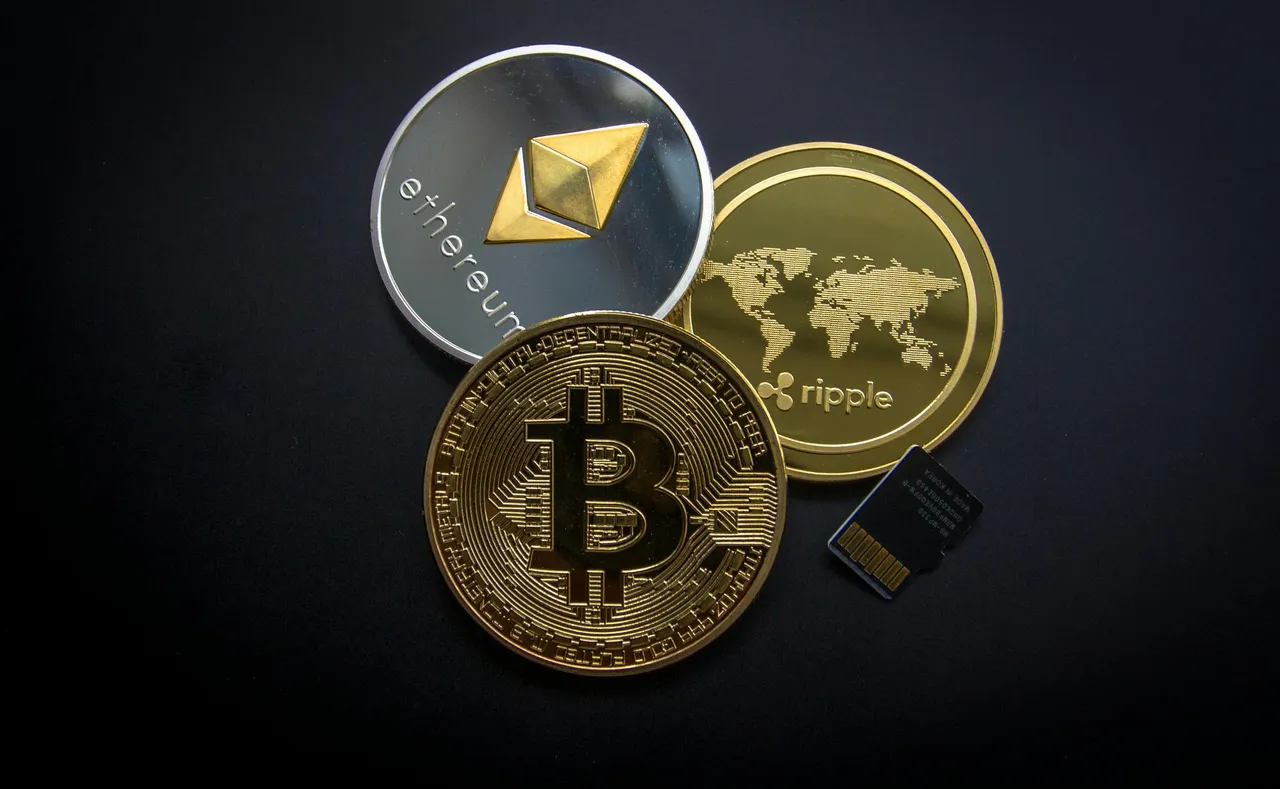Cryptocurrency in the Philippines: Navigating the Digital Frontier

The Philippines has emerged as a significant player in the global cryptocurrency landscape, embracing the potential of digital currencies to reshape financial transactions and inclusion. This essay explores the evolution, challenges, and impact of cryptocurrency in the archipelago.
The adoption of cryptocurrencies in the Philippines gained momentum due to factors such as high remittance fees and a large unbanked population. Overseas Filipino Workers (OFWs) often faced exorbitant charges when sending money back home. Cryptocurrencies like Bitcoin presented a viable alternative, offering faster and more cost-effective cross-border transactions.
The Central Bank of the Philippines, Bangko Sentral ng Pilipinas (BSP), has played a pivotal role in regulating and fostering the growth of cryptocurrencies. Recognizing the transformative potential of blockchain and digital assets, the BSP issued guidelines in 2017, officially regulating virtual currency exchanges to ensure consumer protection and combat illicit activities.
The rise of local cryptocurrency exchanges, such as Coins.ph and PDAX, has provided Filipinos with user-friendly platforms to buy, sell, and use digital currencies. These platforms not only facilitate remittances but also enable users to invest in cryptocurrencies, expanding financial opportunities for a broader segment of the population.
However, challenges persist. The volatility of cryptocurrency prices poses risks for investors, requiring education and awareness initiatives. Security concerns and the potential for scams necessitate robust regulatory frameworks and consumer protection measures. Striking the right balance between innovation and risk management remains a priority for regulators.
The Philippines has also seen the integration of blockchain technology beyond cryptocurrency. Initiatives in supply chain management, healthcare, and government services demonstrate the broader applications of blockchain, contributing to transparency and efficiency.
Looking ahead, the future of cryptocurrency in the Philippines hinges on continued regulatory clarity, technological advancements, and public awareness. Striving for a balance between innovation and security will be crucial in harnessing the full potential of digital currencies for financial inclusion and economic growth.
In conclusion, the Philippines stands at the forefront of embracing cryptocurrency, driven by the need for financial inclusion and cost-effective cross-border transactions. With regulatory support, technological advancements, and increased awareness, the archipelago is navigating the digital frontier, paving the way for a transformative era in its financial landscape.